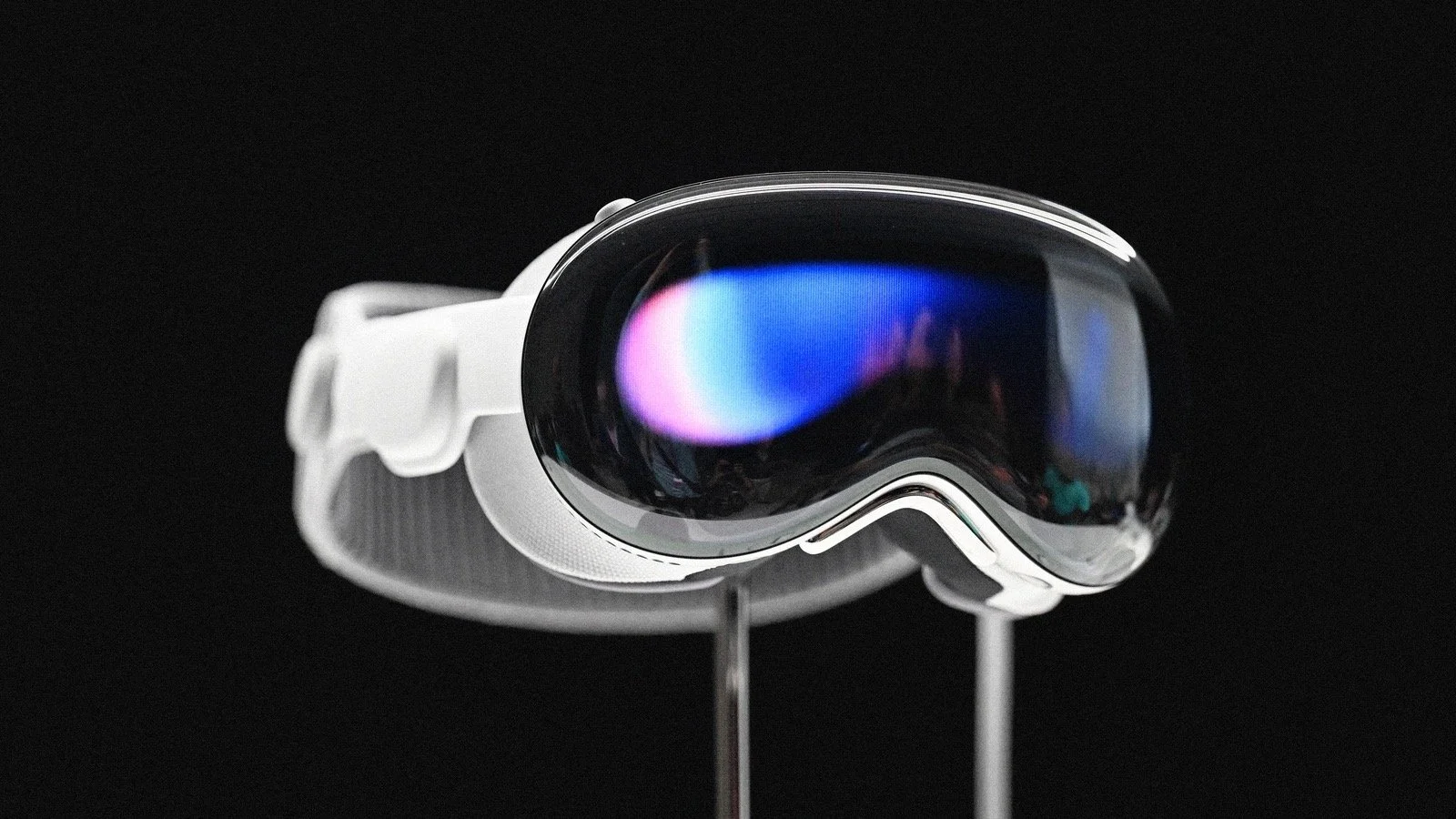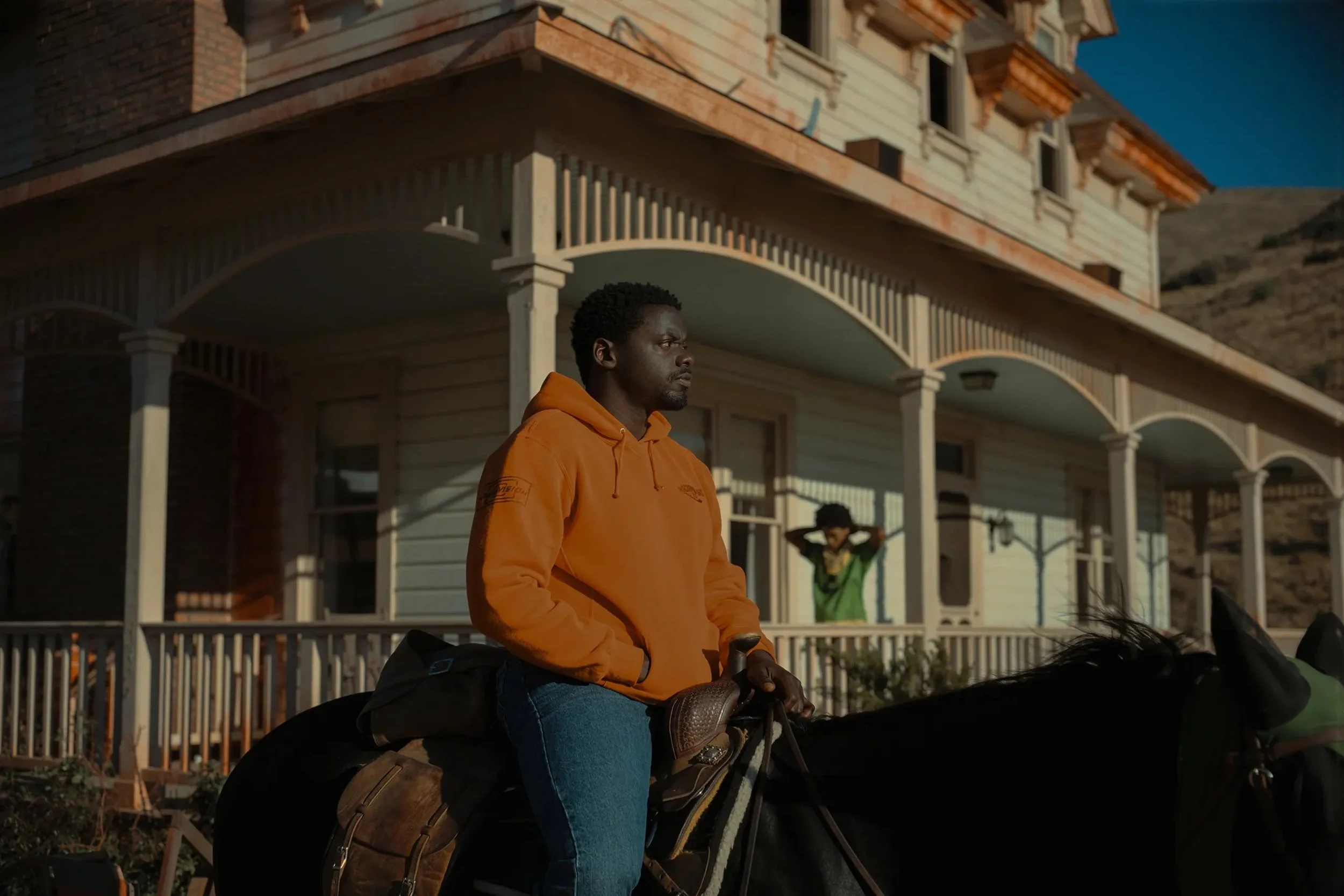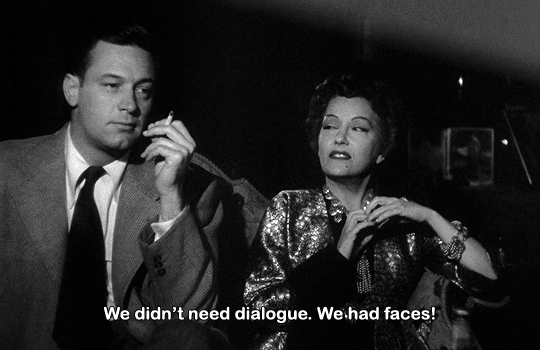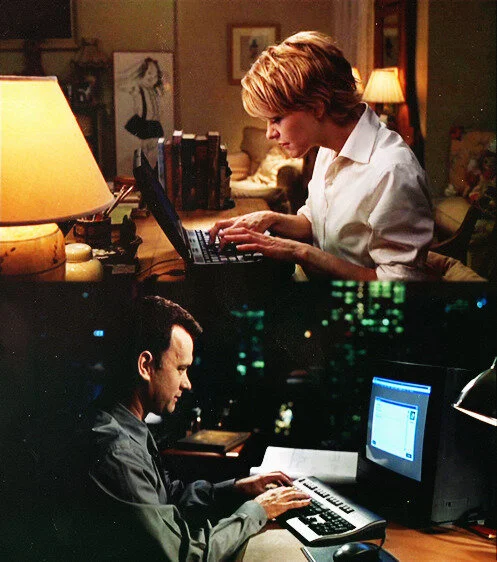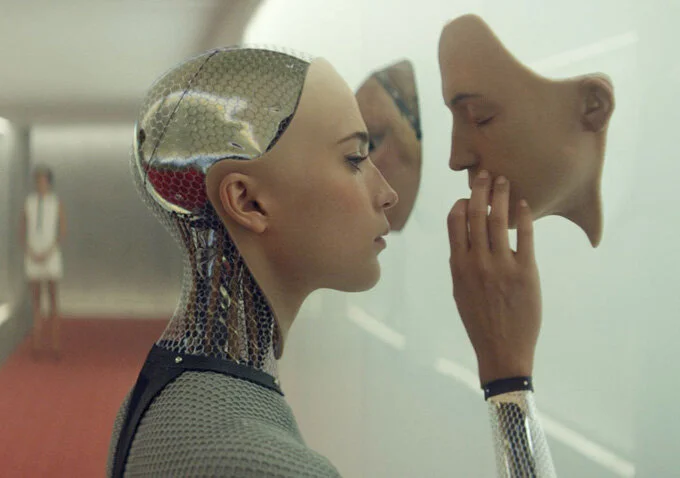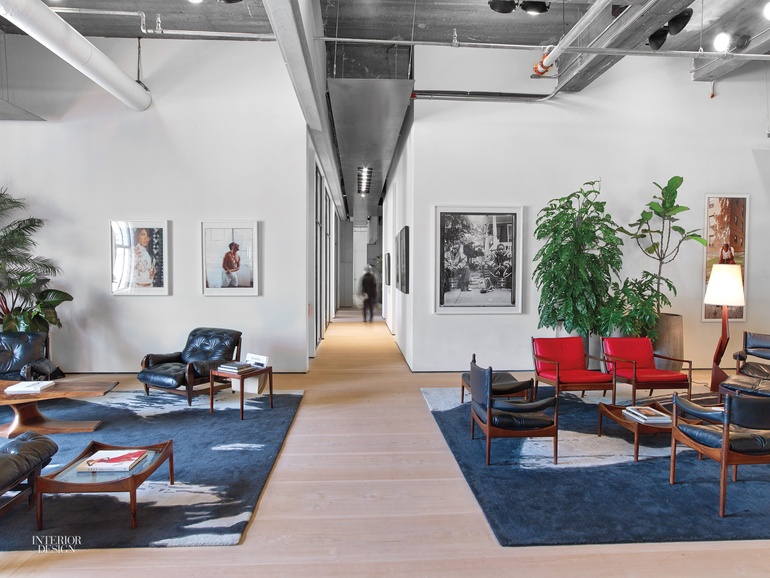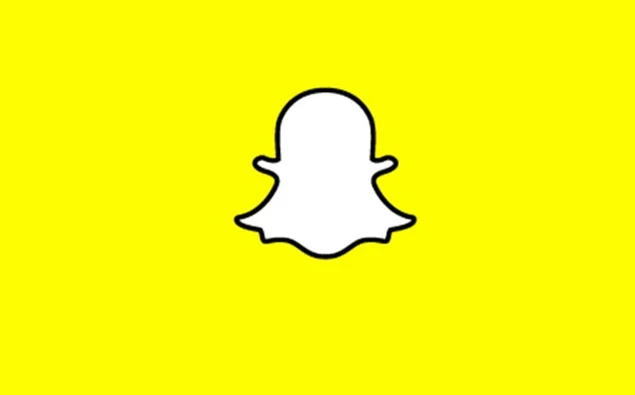21.2 ounces, $3500, 256 gigabytes. Meet the Apple Vision Pro, a state of the art augmented reality device tailored to your every need. Seemingly straight from a sci-fi film, you simply don the headset and wave your hands to access immersive photos, play games, and escape within virtual landscapes. Its possibilities feel endless (much like the price tag)! In an age where technology has advanced to allow us such commodities, what isn’t there to love?
Image via
Well, the utopia-white goggles feel quite the opposite. The generous folks at Apple offer free in-store demonstrations of the device, and after taking a spin myself I must say it was the most beautiful nightmare I’ve ever had. Indubitably impeccable, I found myself far from the Chicago store on Michigan Avenue and on a 30 minute joyride through cyberspace. Following the experience I found myself within a state of reflection, squinting at the sunlight as I readjusted to the real world. I wonder, in the wake of perpetual threats made to creativity, AI creations, the looming dread of assured destruction in a world war through man-made weapons, and now the Apple Vision Pro— when is development in a field enough? While there are undoubtedly benefits to the product, I feel as though they were overshot in the interest of filling the space up with more features, and this presents a new future fear: that of film.
Towards the end of the demonstration I was shown a trailer for The Super Mario Bros. Movie. The characters danced across the screen of my personal theater, precisely where my cinephiliac dread broke through the immersion. Let’s take a step back to a time when movies primarily belonged to the big screen. There was something about the theatrical experience that beat an at-home watch, from the proper showcase of filmmaking to warm popcorn and a cold drink. Of course, COVID put a dent on things. With mass lockdowns movies faced delays, cancellations, and people began to switch to streaming. A prime example of this necessary adaptability came in the Summer of 2021 with the Fear Street trilogy: “after initially being intended for a unique three-month theatrical rollout, Fear Street’s release on Netflix essentially amounts to a three-week streaming event for a trio of feature-length films made on a major studio budget” (Surrey). A complex tradeoff was present, where the films still saw the light of day though on a smaller scale than originally intended in semi-isolation.
Image via
Following the decline of the pandemic and return to “normality,” Nope arrived in theaters with a technical twist: “Nope marked the first time the Imax format had been used for the horror genre, and Markoe says Peele understood how to use it creatively” (Tangcay). Here, development worked hand in hand with creative intent, resulting in the show stopping spectacle the film had intended to be for its audience. Yet 2 years later it seems as though the sentiment has regressed with the Apple Vision Pro. Impressive as it is, the film screening feature is a direct attack on the theatrical experience. Its convenience and experience render a trip to the cinema useless. The creativity involved in the Imax shooting of Nope would be for nothing if the theater didn’t have an audience. With that, what does the future of filmmaking and consumption look like?
Image via
Return to the dystopian nightmare. While nothing is for certain past the present and the product’s price tag may prevent it becoming a common commodity, the possibility for such a case is present. Would it result in another hit on the theater business? Could it sustain such a hit only a few years after COVID? Will the theatrical experience be lost to time? Is the future of filmmaking for a smaller screen than ever before?
Cover image via
